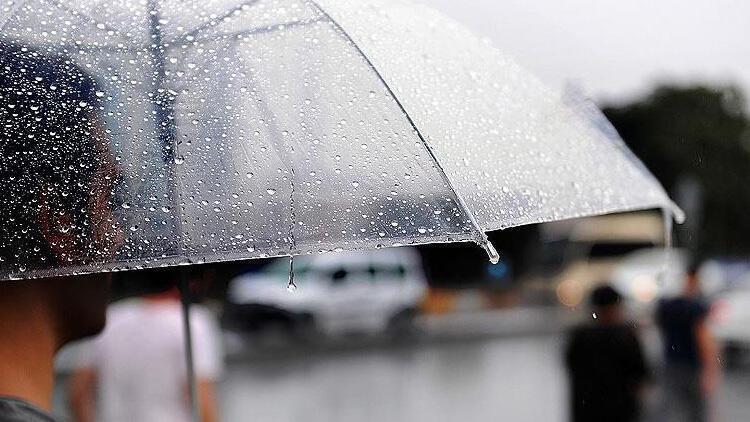Some 11 provinces warned of heavy precipitation, floods
MUĞLA / RİZE

The Turkish State Meteorological Service has warned 11 out of all 81 provinces of heavy precipitation and floods.
Starting from Feb. 23, the northwestern provinces of Edirne, Kırklareli and Tekirdağ, the southern provinces of Antalya, Hatay, Osmaniye, Isparta and Burdur and the Aegean provinces of İzmir, Aydın and Muğla will witness downpours until the weekend.
Citizens in these provinces should be prepared for flash floods, lightning and traffic disruptions, the statement said.
During the past day, Muğla faced the hardest impact. A hotel, some 14 houses, four offices and many agricultural lands were devastated in the Marmaris district due to flooding caused by a downpour that lasted for three hours.
The highway connecting Marmaris to the İçmeler district was closed for a day.
“Some 112 kilos of rain dropped to surface in the last 24 hours in Marmaris,” İhlas News Agency reported on Feb. 23.
Turkey’s most populous city Istanbul also faced cloudbursts on Feb. 23.
According to the official data, the rainy weather that started showing impacts on Istanbul as of late Feb. 22 will not leave the province until the end of March.
Apart from two or three days of sunny weather, the province will witness rain for more than a month.
Separately, the adverse weather conditions and global warming have brought avalanche risk into daylight on the Kaçkar Mountains located in the eastern part of the Black Sea region.
“The glaciers are melting and all those nature sports aficionados, shepherds and hunters in the Kaçkars should be aware of the avalanche risk,” Ersan Başar, the head of the Mountaineering Federation, told Demirören News Agency on Feb. 23.
“Recent meteorological risks like rain and strong winds have added to the global warming. The situation may cause a calamity,” Başar said.
Reminding of the current risk, the expert also pointed out the season changes that can occur in April-May and December-January.
“The snowfall in the mid-seasons always increases the risk of avalanches.”
















